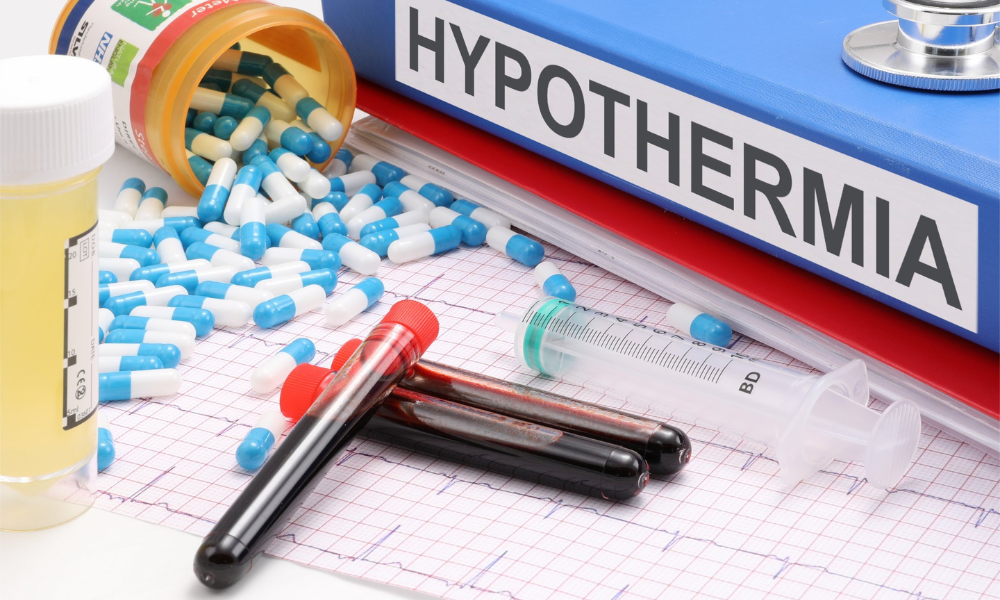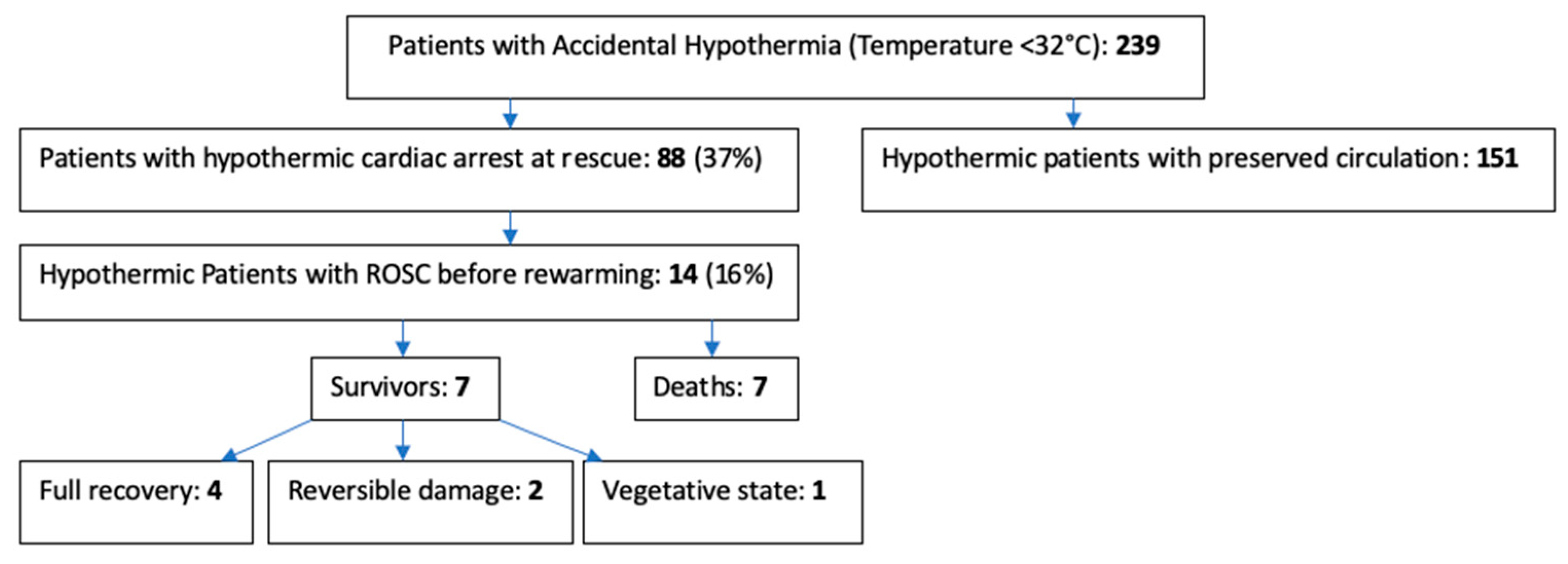Current Studies Of Post Arrest Hypothermia Suggest - Current evidence suggests that conventional cooling methods to induce therapeutic hypothermia may improve. For more than 20 years, since the widespread introduction of therapeutic hypothermia to critical care, questions remain.
For more than 20 years, since the widespread introduction of therapeutic hypothermia to critical care, questions remain. Current evidence suggests that conventional cooling methods to induce therapeutic hypothermia may improve.
Current evidence suggests that conventional cooling methods to induce therapeutic hypothermia may improve. For more than 20 years, since the widespread introduction of therapeutic hypothermia to critical care, questions remain.
Therapeutic Hypothermia after InHospital Cardiac Arrest in Children NEJM
Current evidence suggests that conventional cooling methods to induce therapeutic hypothermia may improve. For more than 20 years, since the widespread introduction of therapeutic hypothermia to critical care, questions remain.
IJERPH Free FullText Accidental Hypothermia 2021 Update
Current evidence suggests that conventional cooling methods to induce therapeutic hypothermia may improve. For more than 20 years, since the widespread introduction of therapeutic hypothermia to critical care, questions remain.
Therapeutic Hypothermia After Cardiac Arrest Circulation
Current evidence suggests that conventional cooling methods to induce therapeutic hypothermia may improve. For more than 20 years, since the widespread introduction of therapeutic hypothermia to critical care, questions remain.
Therapeutic Hypothermia After Cardiac Arrest Circulation
For more than 20 years, since the widespread introduction of therapeutic hypothermia to critical care, questions remain. Current evidence suggests that conventional cooling methods to induce therapeutic hypothermia may improve.
Therapeutic Hypothermia in Cardiac Arrest Current Insights and
For more than 20 years, since the widespread introduction of therapeutic hypothermia to critical care, questions remain. Current evidence suggests that conventional cooling methods to induce therapeutic hypothermia may improve.
Therapeutic Hypothermia after OutofHospital Cardiac Arrest in
For more than 20 years, since the widespread introduction of therapeutic hypothermia to critical care, questions remain. Current evidence suggests that conventional cooling methods to induce therapeutic hypothermia may improve.
Re New Research in the Field of Stroke Therapeutic Hypothermia After
Current evidence suggests that conventional cooling methods to induce therapeutic hypothermia may improve. For more than 20 years, since the widespread introduction of therapeutic hypothermia to critical care, questions remain.
𝙟𝙤𝙨𝙝 𝙛𝙖𝙧𝙠𝙖𝙨 💊 on Twitter "new study provides more evidence that
For more than 20 years, since the widespread introduction of therapeutic hypothermia to critical care, questions remain. Current evidence suggests that conventional cooling methods to induce therapeutic hypothermia may improve.
IJERPH Free FullText Successful PreRewarming Resuscitation after
Current evidence suggests that conventional cooling methods to induce therapeutic hypothermia may improve. For more than 20 years, since the widespread introduction of therapeutic hypothermia to critical care, questions remain.
Therapeutic Hypothermia after InHospital Cardiac Arrest in Children NEJM
Current evidence suggests that conventional cooling methods to induce therapeutic hypothermia may improve. For more than 20 years, since the widespread introduction of therapeutic hypothermia to critical care, questions remain.
For More Than 20 Years, Since The Widespread Introduction Of Therapeutic Hypothermia To Critical Care, Questions Remain.
Current evidence suggests that conventional cooling methods to induce therapeutic hypothermia may improve.









